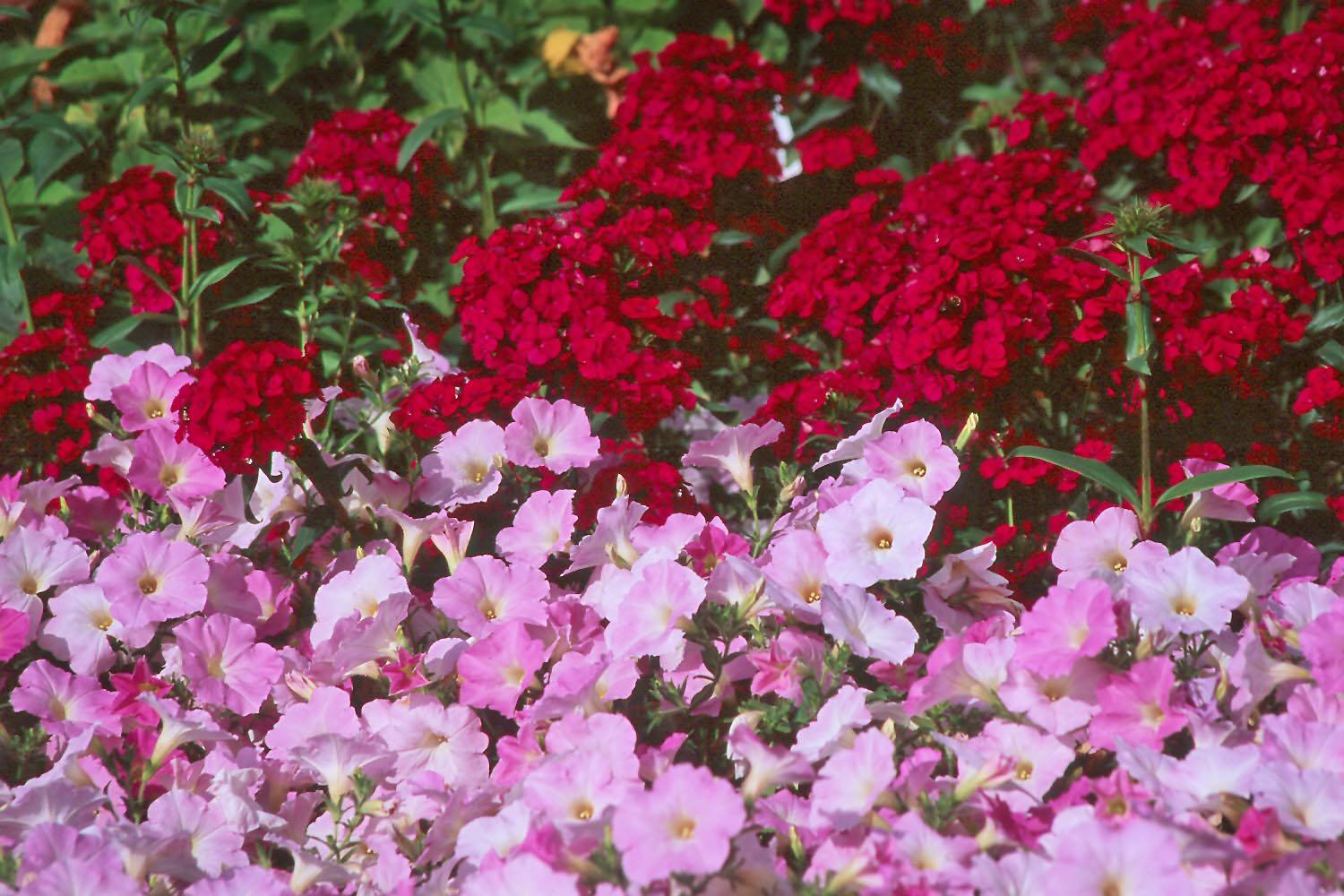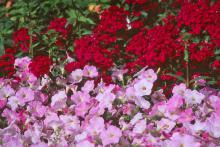Information Possibly Outdated
The information presented on this page was originally released on September 8, 2005. It may not be outdated, but please search our site for more current information. If you plan to quote or reference this information in a publication, please check with the Extension specialist or author before proceeding.
Landscapes need help after Katrina's damage
When disaster strikes, the little things take on more importance. Saving something from a site of total devastation can be a big boost, even if what is saved is just a tree or a special bush. As I travel around in the aftermath of Hurricane Katrina, I have noticed a few things that could be overlooked by homeowners.
Water is critical...
A lot of us have made an effort to reposition small trees and shrubs that were blown over. In most cases, when these fell the broken roots were exposed to the air. With no rain since the hurricane, these shrubs or trees will have to be watered to help them re-establish. Pay attention to the moisture in newly planted shrub beds.
Young trees, whether crape myrtles, hollies, ligustrums, wax myrtles or some other tree that really popped out of the ground, will need to be staked if they are really wobbly to prevent the next big gust of wind from blowing them over. Stake them with a flexible material to allow for a little bending in the breeze. For smaller shrubs and plants, it may be easier to dig them up and replant them than try to stake them upright.
You may have noticed that many crape myrtles were almost defoliated by the winds. These should leaf out again and be just fine.
Don't throw away pine straw...
Pine straw is the favorite mulch of many Mississippi gardeners. We usually rake this up in October and November. Because of Katrina, much of it is here now, and in some cases, most of what you are going to get is already laying on the ground.
While most would not worry about throwing it away in the fall, they are doing so now in the clean-up process. Bags and bags are at curb sides waiting to be picked up. Six to 8 inches of fresh pine straw will give a renewed look to the landscape and help conserve moisture, deter weeds and moderate soil temperatures.
Even if you are not ready to apply a fresh layer of mulch, you can rake and bag it, then use it whenever you wish. Just don't throw it away.
Debris piles...
You may not have much choice about where you place debris piles. Don't place debris in the roads, but avoid placing it on lawns. It may take weeks before it gets picked up. If you have to place debris on the lawn, you may have to re-sod those areas.
Plant for the future...
There is nothing that will perk up the neighborhood and your spirits like planting. If you need to replace trees, then consider those that are known to survive severe winds. Television reports on our coastal destruction show that many live oaks are still there and most will survive. Palm trees did very well, too.
In fact, trees like live oaks, bald cypress and Southern magnolias planted 30 feet from the home can offer wind protection. If you live in an area where palms can grow, consider planting the Canary Island Date Palm and Pindo Palm. These are ruggedly durable and beautiful.
Color in the landscape can certainly bring a renewed spirit. If possible, visit your garden center. Mums are starting to show up as well as fall blooming salvias, ornamental peppers, fresh marigolds, petunias and a host of other flowers.








